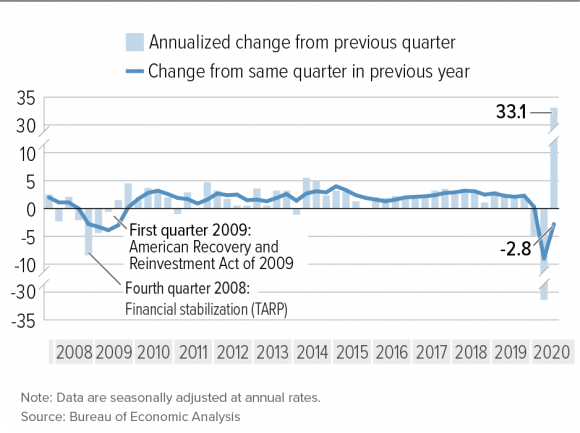
A policy paper was released this week by the G30 (Group of Thirty) detailing the changing business environment in relation to Covid 19. The report finds that balance sheet impairment will complicate economic recovery and persist long after the pandemic ends.
We are now seeing a stock market rotation from the winners of 2020 – primary technology and growth stocks – into a new swath of companies, mainly value stocks. Optimism is so high, however, that some of that will be given back on the other side.
The stock market started the year by rising to new highs, only to suffer a lightning-fast bear market plunge that lopped 30% off major market benchmarks in a matter of weeks. Yet the stock market then bounced off its lows during the worst pandemic in a century, returning to record levels and beyond.
There is a fundamental disconnect between what we’re seeing in the market now and the prospects for nominal GDP growth for the global economy going forward. Wall Street has showered signs of a Santa rally with the Nasdaq closing at record highs, helped by optimism about a potential government stimulus to protect the economy from the coronavirus pandemic. There is simply a fundamental disconnect between what we’re seeing in the market now and the prospects for nominal GDP growth for the global economy going forward.
It seems as if the economy is moving through phases, and that we are now moving into the next one. First came the liquidity crisis, then the hope phase with vaccines around the corner, and then the insolvency phase, which is where we are today as companies go bankrupt and need to restructure debt.
There is no denying the new business reality that is emerging and the potential for hardship over the longer-term because a fundamental shift in consumer behavior has happened that has made certain companies’ business models unsustainable. Some companies that may face solvency issues over the longer term are the subject of speculative fervor right now.

Note: In this example, for firms with 50 to 250 employees.
The Group of Thirty is now saying the optimism is so high that some of that will be given back on the other side.
“The coronavirus pandemic, by dramatically changing consumption patterns and business operations, is triggering a major corporate solvency crisis in many countries”
“The problem is worse than it appears on the surface, as massive liquidity support, and the confusion caused by the unprecedented nature of this crisis, are masking the full extent of the problem, with a “cliff-edge” of insolvencies coming in many sectors and jurisdictions, as support programs lose funding and existing net worth, is eaten up by losses”
– The report says.
Europe and the Americas are going through the second wave of Covid-19 at the moment, with further lockdowns and economic restrictions. Even though the virus is starting to slow with vaccines becoming available, things will continue longer and the economic disruption will go on longer.
“What started as a corporate liquidity crisis is fast becoming a solvency crisis for many countries, sectors, and individual firms around the world. The first wave of the policy response in many parts of the world necessarily focused on liquidity. With growing pressure on the fiscal capacity of governments, there is a need for a nuanced policy response to a growing corporate solvency crisis.”
In the investment world, what it leads to is a bifurcation. The companies that have plenty of cash flow are better off but companies that do not will suffer. What is happening right now is year-on-year GDP growth is not recovering above zero and is unlikely to do for this year and maybe for a large part of next year. If that is the case, then companies that do not have access to capital markets, companies with higher debts – big and small companies, or even households – start running into problems.
The transition will be difficult and while what we need is significant fiscal support, all we will have to supply us is monetary support. The US Federal Government is divided for now, and we also have another much bigger problem concerning fiscal support – the ability to pay. Many governments around the world are running dangerously high budget deficits as it is, with debt over 100 percent of GDP. The debt to GDP in Japan is 250 %, Italy 157%, Spain 115 %, and the U.S. 136%. Global nonfinancial sector corporate debt levels as a percent of global GDP was 91 percent at the beginning of 2020.

When the fiscal stimulus is fading, it is getting more dangerous because these companies will start defaulting on their ability to pay their debts or go under. That makes unemployment stickier and that in itself lowers demand and drags on the economic episode longer than expected.

Even with MMT (Modern Monetary Theory) as a driving force for increased government involvement in setting policy goals and shaping economies. It is a controversial strand of economics, however, if MMT is implemented in order to paper over the cracks in the financial system – this would be an interplay between the prospect of deflation and insolvency.
MMT is really based on the idea that there should be no upper limit on government spending/borrowing, facilitated via the creation of new money, as long as the CPI’s growth rate is below a certain level.
We might face a “gilded depression” similar to Japan in the 90s – one in which cataclysmic economic disaster is kept solvent by never-ending fiscal stimulus and where asset prices are continually re-inflated by incessant injections of central bank liquidity.
Given concerns over fiscal constraints, the report recommends allowing market forces to play a role while preventing substantial social costs through policy intervention where required. Other key points include taking advantage of private sector capacities where they exist, in order to leverage scarce public resources, as well as making use of private sector expertise to evaluate the viability of businesses.
“Governments will increasingly need to move away from broad support to more targeted measures. This means refraining from trying to preserve the pre-pandemic status quo and enabling the reallocation of resources needed for economies to emerge fitter and stronger. Further, private sector capabilities should be relied on to prioritize and administer support in jurisdictions with strong private financial institutions and deeper capital markets. Government intervention is best focused on addressing market failures, and to manage the pace of the needed creative destruction. Where they do act, policymakers should be willing to be creative in the tools they deploy.”
We might still be confronted by the dangers of deflation due to the ever slowing velocity of money resulting from lockdown and economic disparity. With the highest debt level the world has ever seen as a % of global GDP. With the deflation of possibly minus 3 % and with 10-year rates at about 0.7% – if inflation goes to negative 3, that puts real rates at 2.3%, higher than it was before the Financial Crises and the bubble bursting in 2007/2008.
Central banks around the world have promised to do anything in their power to avoid such a deflation scenario. As the FEDs earlier interventions failed to abate severe stresses that have emerged in both US Treasury and mortgage-backed security (MBS) markets, the Fed pulled out the ultimate card – QE infinity – committing to unlimited purchases of government bonds and MBS.
That might instead pose a problem in itself. We have a tough combination of weak economic growth and even possibly rising inflation due to very relaxed economic policy. There is the specter of stagflation as in the 1970s in the U.S.
As a small investor, the situation looks daunting. The bond market is telling us things are not going to return to normal for much longer than most people are expecting. It is after all the truth and anchored in economic macro reality. Bonds are priced off inflation and GDP growth. The bond market never really recovered from the spring, yields stayed very low globally and they do not seem to also price in a big recovery.
The bridge to get to the normal will be long and the other side may not be as bullish as people are making it out to be. For any stock market trader, the trade is probably relative value. Looking for places where things are priced the same but there is a difference; forward-looking prospect, position in the capital structure, and perceived risk to downside going forward. If inflation begins to rise and purchasing power is reduced, the old-school store of value options are suddenly very attractive again, as they have been for thousands of years and even Bitcoin shouldn’t be ruled out as a future prospect here either.
Will there be another stock market crash in the near future?
“The markets can remain irrational longer than you can remain solvent.”
– John Maynard Keynes

![OpenAI. (2025). ChatGPT [Large language model]. https://chatgpt.com](https://www.illustratedcuriosity.com/files/media/55124/79bc18fa-f616-4951-856f-cc724ad5d497-560x416.webp)
![OpenAI. (2025). ChatGPT [Large language model]. https://chatgpt.com](https://www.illustratedcuriosity.com/files/media/55099/2638a982-b4de-4913-8a1c-1479df352bf3-560x416.webp)
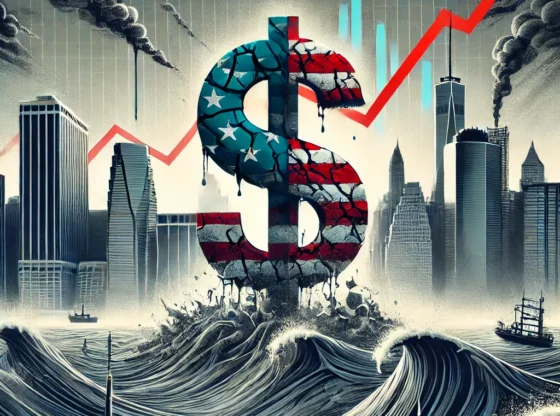
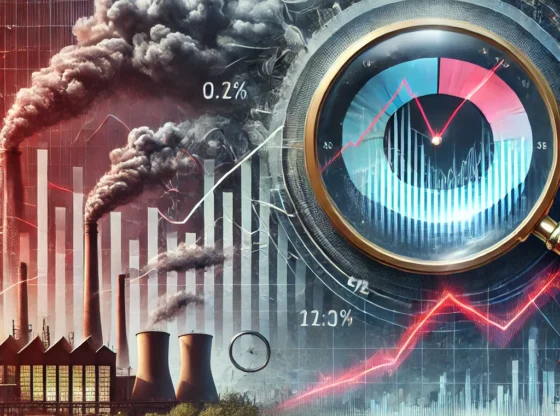


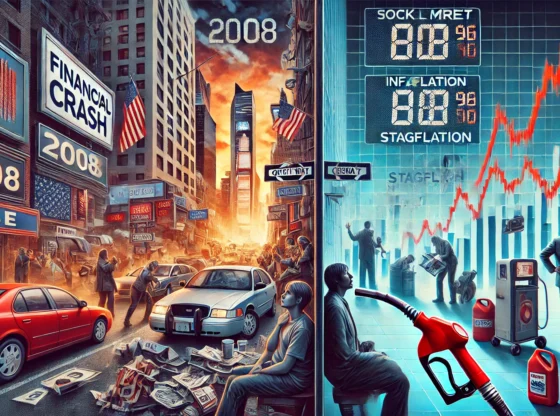

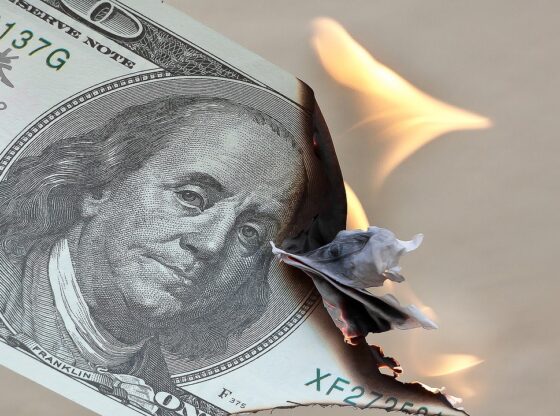

![OpenAI. (2025). ChatGPT [Large language model]. https://chatgpt.com](https://www.illustratedcuriosity.com/files/media/55136/b1b0b614-5b72-486c-901d-ff244549d67a-350x260.webp)
![OpenAI. (2025). ChatGPT [Large language model]. https://chatgpt.com](https://www.illustratedcuriosity.com/files/media/55124/79bc18fa-f616-4951-856f-cc724ad5d497-350x260.webp)
![OpenAI. (2025). ChatGPT [Large language model]. https://chatgpt.com](https://www.illustratedcuriosity.com/files/media/55099/2638a982-b4de-4913-8a1c-1479df352bf3-350x260.webp)








